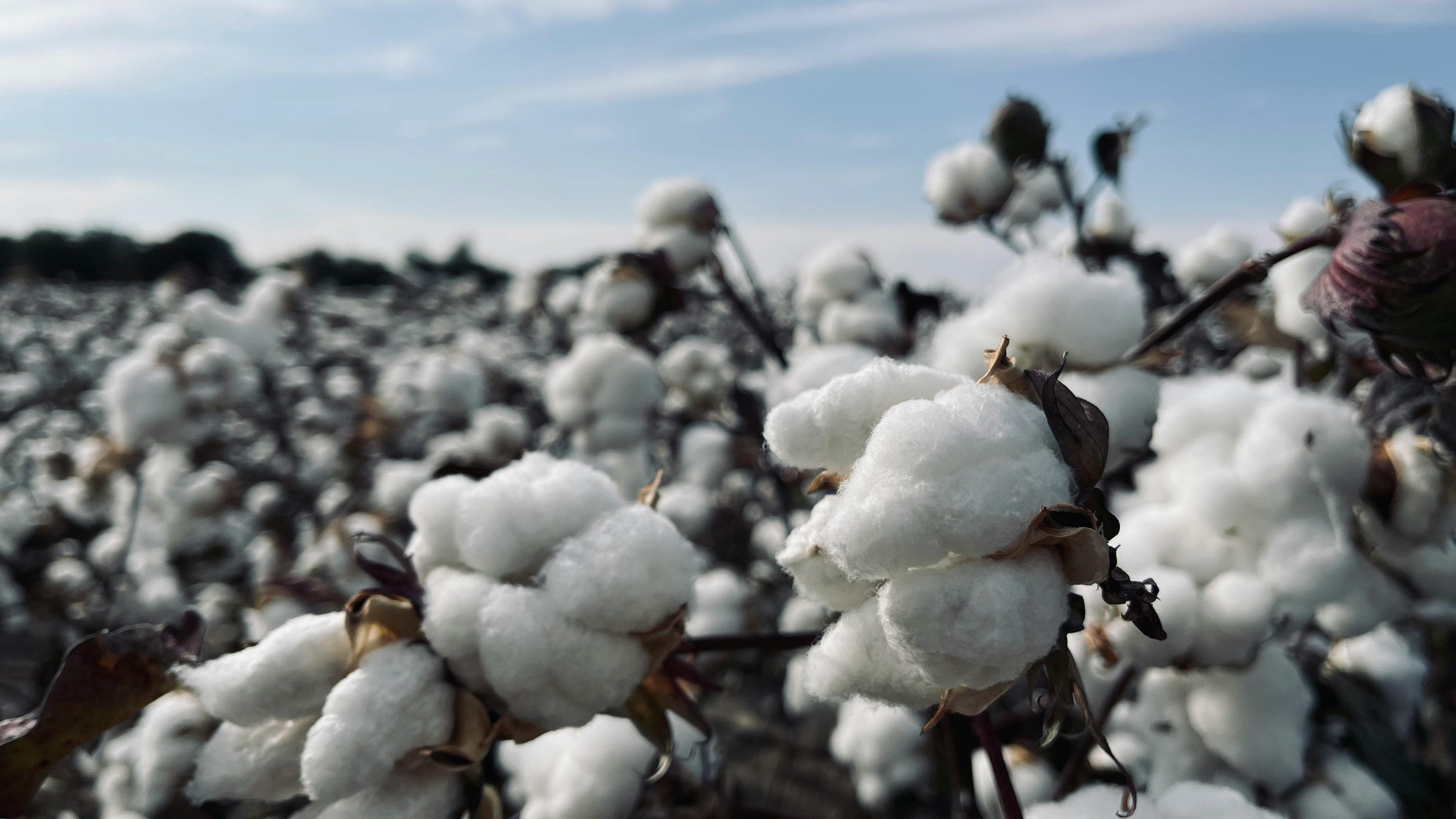 Cotton remains the fiber of choice for 73% of global consumers, but it’s the integration of cutting-edge technologies that’s redefining its relevance in a performance-driven, sustainability-conscious world. From anti-microbial finishes to waterless dyeing, innovation is positioning cotton as a frontrunner in the race to align durability, versatility, and environmental responsibility in fashion and home textiles.
Cotton remains the fiber of choice for 73% of global consumers, but it’s the integration of cutting-edge technologies that’s redefining its relevance in a performance-driven, sustainability-conscious world. From anti-microbial finishes to waterless dyeing, innovation is positioning cotton as a frontrunner in the race to align durability, versatility, and environmental responsibility in fashion and home textiles.
Cotton’s Evolution: Merging Natural Appeal with Performance Innovation
Once prized solely for its softness and breathability, cotton is now at the center of a technological transformation. Driven by shifting consumer expectations and sustainability imperatives, leading manufacturers are engineering natural fibers that rival synthetics in functionality while preserving cotton’s environmentally friendly reputation.
Recent developments include collagen-infused denim, temperature-regulating fabrics, and moisture-repellent cotton sheeting—all geared toward creating multi-functional garments that are both high-performance and low-impact. These innovations reflect growing demand for clothing that offers comfort, stretch, antimicrobial properties, and durability—without compromising on natural fiber content.
According to Cotton Incorporated’s 2024 Lifestyle Monitor™ Survey, 81% of consumers associate higher quality with all-natural fibers like cotton. Additionally, 72% prioritize comfort, while 60% cite durability as a key factor in purchasing decisions—pointing to a clear market opportunity for advanced cotton textiles.
Technology at the Core of Cotton's Competitive Edge
Innovators are enhancing cotton’s natural properties with treatments like TOUGH COTTON™, which improves abrasion resistance and extends garment life without altering softness. Meanwhile, RESTech COTTON™—designed for bedding—accelerates moisture evaporation using body heat, catering to consumer demand for sleep-enhancing materials.
Spray application systems from suppliers such as WEKO and Baldwin have further elevated sustainability metrics by using half the water of traditional textile finishing techniques. This approach shortens drying times and lowers energy consumption, aligning with broader environmental goals across the supply chain.
Similarly, water- and chemical-efficient dyeing and wash technologies are gaining traction. These innovations reduce the footprint of conventional finishing methods and underscore the sector’s push toward low-impact processing—an area of particular concern for brands looking to meet ESG benchmarks and reduce water consumption in production hubs.
Market-Driven Collaborations and Performance Apparel
In the apparel space, high-profile collaborations are also helping cotton shed its legacy image. A recent capsule collection from Goldwin and OAMC features a three-layer technical cotton that is waterproof, ultra-breathable, and engineered for outdoor performance. The collection highlights how natural fibers can be scaled for use in technical garments, responding to consumer preferences for sustainable alternatives to synthetics.
In denim, new lines are being introduced to combine functionality with skin wellness and environmental responsibility. Stretch, colorfastness, and anti-odor treatments are becoming standard offerings, reinforcing cotton’s role in the elevated basics category and beyond.
Performance features are no longer niche—they are essential. For supply chain leaders, this means that the use of certified natural materials must be paired with traceable, performance-enhancing innovations to stay competitive in a global market that prizes transparency and utility.
Cotton’s Strategic Role in the Sustainable Supply Chain
Cotton’s adaptability positions it as a core component in building resilient, sustainable supply chains. As brands seek to future-proof operations, investing in multi-functional natural fabrics allows for alignment with consumer preferences, regulatory trends, and sustainability standards.
Executives and sourcing leaders can view advanced cotton solutions as a way to reduce reliance on synthetics, streamline lifecycle assessments, and meet carbon and water intensity reduction targets. Importantly, these advancements also support circular economy principles by extending garment life and reducing laundering frequency.
For traceability platforms like CommonShare, this transformation underscores the need for verified claims, material-level data, and supplier-level transparency. Tracking not only fiber origin but also the technological treatments applied can provide stakeholders with a more accurate picture of product sustainability—informing better decisions throughout the value chain.
Conclusion
Cotton’s enduring appeal lies not only in its comfort and natural origins but also in its ability to adapt to evolving market demands through technological innovation. As supply chains look to combine sustainability, performance, and consumer trust, cotton stands out as a viable, scalable solution. The new frontier of cotton innovation redefines what natural fibers can deliver—functionality, longevity, and environmental stewardship—all woven into a single thread of opportunity for forward-looking brands.